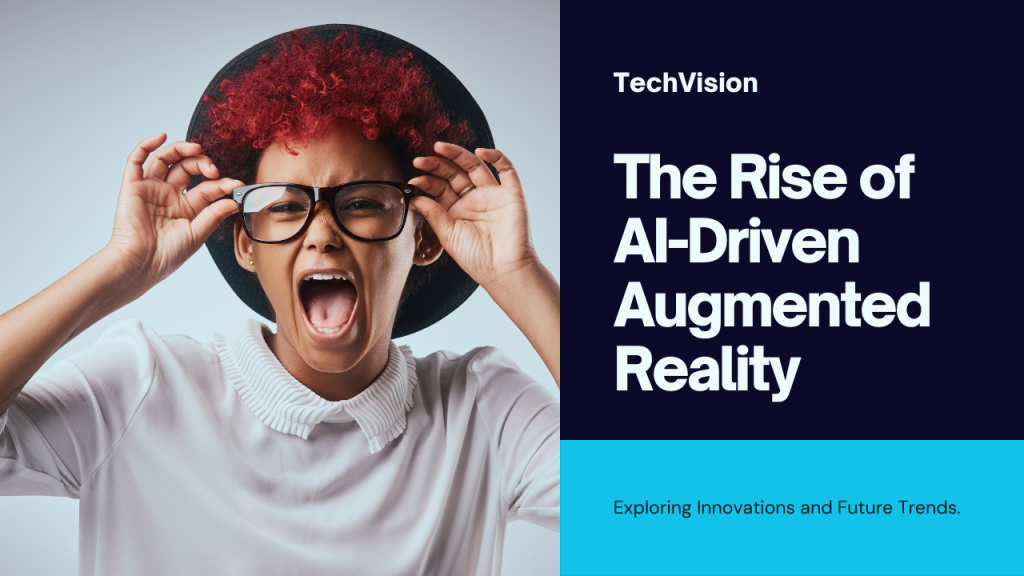Both augmented reality (AR) and artificial intelligence (AI) are revolutionary technologies that are changing how we see and engage with the world. Together, they provide a powerful mix that might transform a wide range of markets and industries, including manufacturing, gaming, and entertainment.
The increasing need for more intelligent, tailored, and immersive experiences is one of the main factors propelling the growth of AI-driven augmented reality. Large volumes of data may be analyzed by AI algorithms and machine learning models, which can also be used to study user behavior and dynamically modify AR interactions and content in real time, giving users more relevant and engaging experiences.
Moreover, AI-powered AR applications are enabling new levels of innovation and creativity by providing tools and frameworks for developers to create sophisticated and interactive content. From virtual design prototyping and spatial analytics to real-time object recognition and intelligent navigation, AI-driven AR opens up a world of possibilities for enhancing productivity, creativity, and collaboration.
Furthermore, AI-driven AR has the potential to revolutionize industries such as healthcare by enabling remote diagnostics, surgical planning, and patient education through immersive and interactive experiences. In education, AI-powered AR can transform learning experiences by providing personalized tutoring, immersive simulations, and interactive visualizations that cater to individual learning styles and preferences.
The broad use of AI-driven augmented reality, however, is not without its difficulties and considerations. These include moral dilemmas, privacy issues, and technological constraints. To guarantee that AI algorithms function in AR contexts in a safe, morally, and responsibly manner without jeopardizing user safety or confidence, rigorous design, testing, and validation are necessary.
Notwithstanding these difficulties, AI-driven augmented reality appears to have a bright future filled with limitless chances for impact across sectors and businesses as well as for innovation and creativity. We may anticipate seeing more advanced and significant applications that improve human skills, augment reality, and influence how we work, learn, and engage with the world in the future as both technologies continue to develop and converge.


